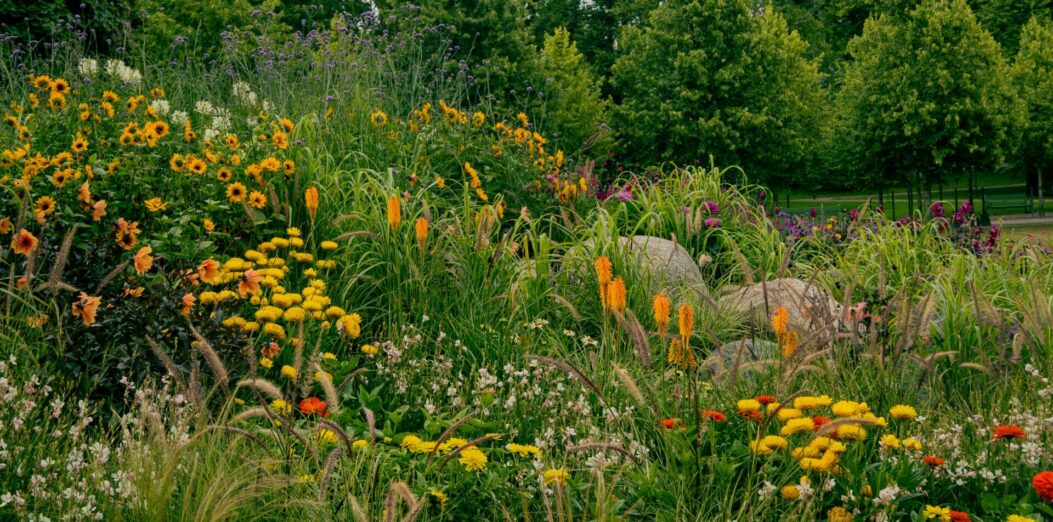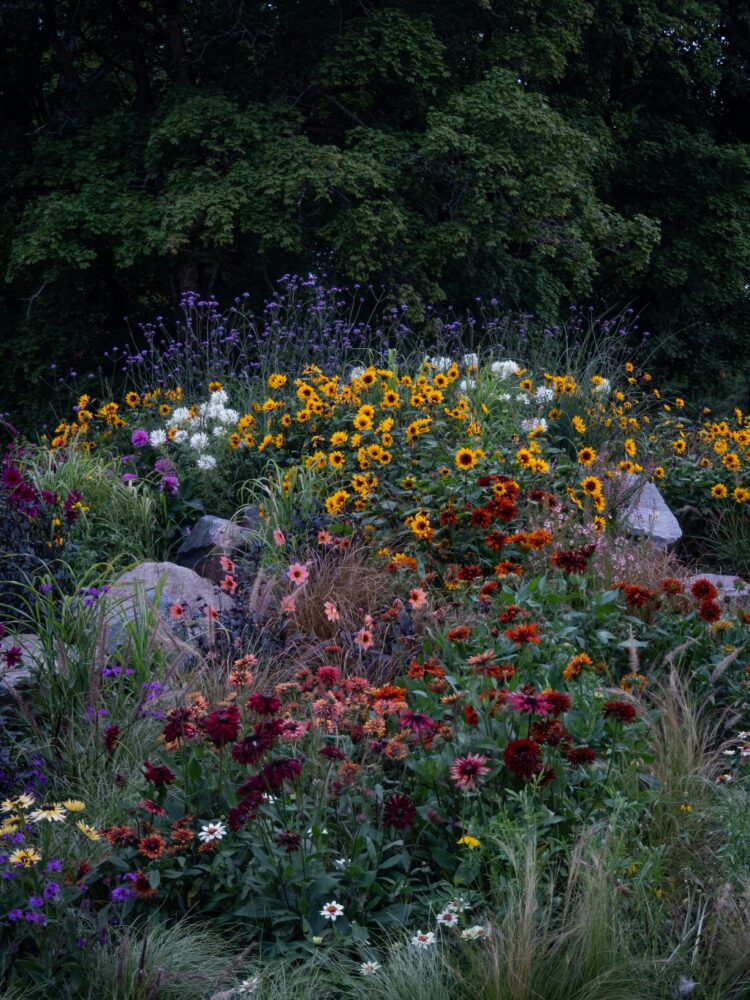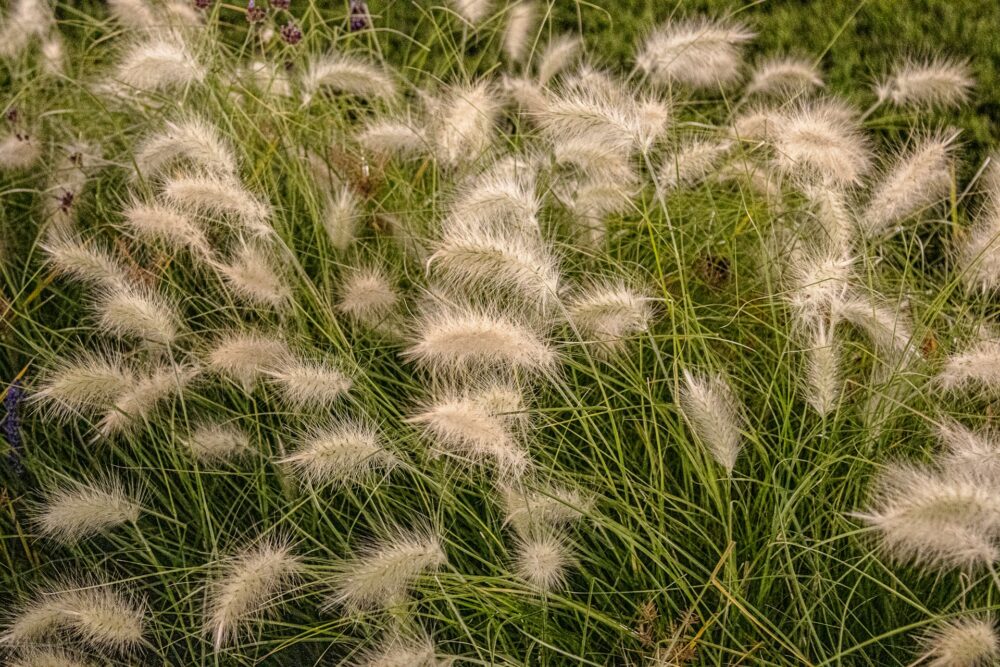Maximising Planting Design
Maximalist planting is a growing trend in the landscaping world. Learn more about this style and how to achieve it in your own garden.

Clean lines, structured, ultra-modern layouts with restrained colour palettes have been a popular design choice for urban landscaping for quite a while now, but in the last year or so designers and the public have been leaning into the more naturalistic and less structured designs.
What is Maximalist Planting?
The concept of maximalist planting is creating full, layered beds using bold colours, textures and structure. This trend leans into the ‘more is more’ idea, however there is a fine line between bold and impactful, and chaotic and lacking cohesion. This means maximalist planting design should still be considered and thoughtful when planning.
Why Maximise?
The focus is shifting onto the planting and considering how a well-designed planting scheme can greatly benefit the ecological health of an outdoor space as well as being aesthetically pleasing.
It is a misconception that the only way to have a low maintenance garden is to sacrifice planting within a design. If the planting scheme is specific to the space and its environment and the plant combinations are carefully considered, you can have beautiful, full, vibrant planting beds with little maintenance required.
Tips on Designing a Maximalist Planting Scheme:
Full Planting Beds
- A successful maximalist design scheme means LOTS of plants. The planting bed should look full to the brim.
- Planting should be successional, as well as a mix of herbaceous, deciduous and evergreen planting so that there is interest throughout the year.
- Planting combinations that flower one after another give the planting beds the full and interesting look.


Colour is Everything
- Using colour is a key aspect of maximalist planting, however to keep the scheme from looking chaotic, a colour palette should be chosen.
- A few favourite perennials in three to four bright, clashing shades such as pinks, purples and yellows, planted in drifts throughout a design will give you a maximalist look.
- Sweeping, natural lines should replace the straight geometric shapes. In addition, the planting beds should be full and less ‘contained’, with a wide range of colour and texture, replacing the ‘designed’ neutral palettes of past.
- This also means welcoming more wildlife into our private spaces and being a little less tidy in our gardens.
Using Texture
- Texture is an important consideration when creating a maximalist border.
- Ornamental grasses, ferns and evergreens are great at adding texture as well as movement amongst the herbaceous planting.
- Big bold leaves just as Hosta and Fatsia, along with fine leaved herbs can add interest and create shape and focal points in a planting scheme.


Height
- Using taller flower spikes to create sudden changes in height, such as hollyhocks or Verbascum, alongside taller shrubs or trees will instantly add dimension and lift your border.
- Even just a single statement tree or shrub can elevate your planting scheme.
- If your space isn’t large enough for a tree, consider a frame such as a pergola or arch to grow climbers over to add the extra height.
I hope these tips on designing a maximalist planting scheme have been helpful. If you’d like us to design a maximalist border or any other style of garden and you live in the Reading and Newbury area, we’d love to meet and discuss your project in detail. From planning a new border to a complete garden remodel, we pride ourselves on transforming ideas into beautiful reality, with minimum disruption – book your free no-obligation garden consultation today.
Image Credits